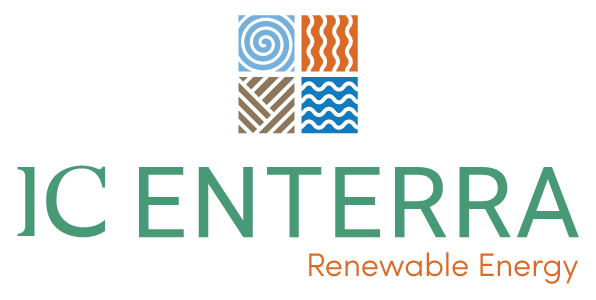IC Enterra adopts a management approach that recognizes sustainable success is based on responsible resource consumption and the efficient use of natural resources. In order to leave a livable world for future generations, it works with determination not only to comply with legal regulations but also to minimize the negative impacts of its activities. Through the Environmental Policy developed in this context, it aims to involve stakeholders and employees in all operational areas to protect and positively influence the environment, human health, and natural cultural heritage. IC Enterra works to make clean energy accessible to society by providing sustainable energy from renewable sources such as water, solar, and wind, and invests accordingly.
Environmental Management Systems
ISO 14001 and
Zero Waste Certificate
Waste Management
Efforts to Reduce Pollution
at the Source
Biodiversity Conservation
Dedicated Projects
for the Protection of Rare Species
The rapidly growing population and changing consumption habits deepen environmental problems and lead to increased waste generation, causing the depletion of natural resources at an accelerated rate. IC Enterra, which holds a Zero Waste Certificate for all of its hydroelectric power plants (HPPs), primarily works to reduce pollution at its source in waste management. Enterra also holds the ISO 14001 Environmental Management System certificate.
IC Enterra Renewable Energy also places great importance on the protection of biodiversity in the regions where it operates, in line with its Environmental Policy. The project area of the YEKA G4 Erzin-2 SPP hosts plant and animal species that must be protected in terms of biodiversity management. Among the rare species found in the region’s flora and requiring protection, cyclamen flowers were relocated outside the project area and planted under appropriate conditions with necessary protection measures taken. Measures have also been implemented for the protection of species such as turtles, sheltopusiks, blunt-nosed vipers, large vipers, thin-fingered eastern lizards, spiny lizards, and Kayseri lizards, which inhabit the project area.
